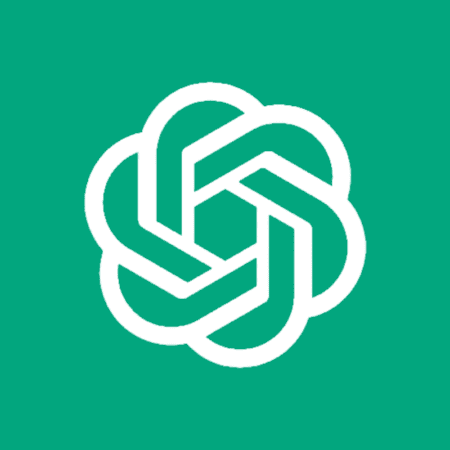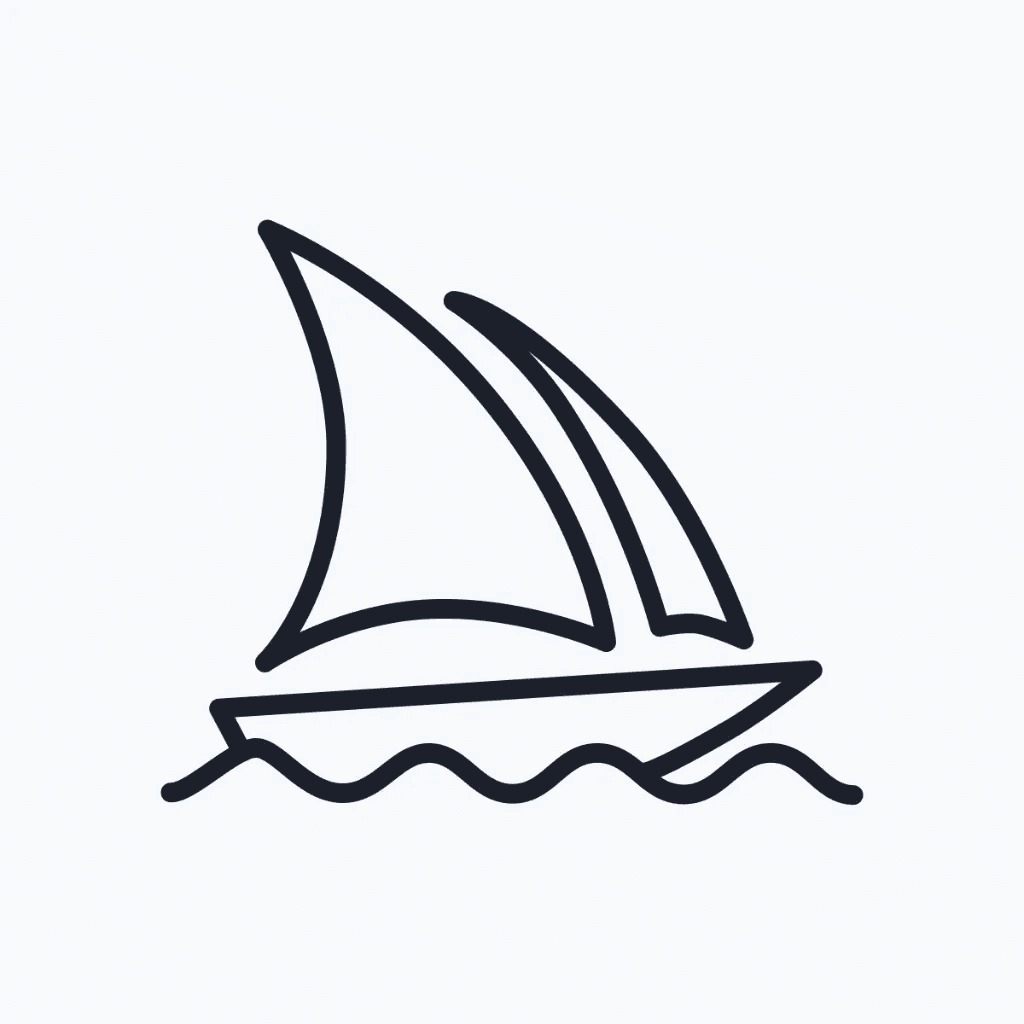ABOUT
With over 15 years of experience in brand strategy, web design, and print design, I help businesses develop scalable, user-centered solutions that drive growth and boost customer engagement. By combining strategic branding, responsive web design, and high-impact visual communication, I deliver results-driven creative that elevates digital presence and strengthens brand identity.
Career
Senior Product Designer | Brand Strategist | Project Manager
Design With Eric
Jan 2010 – Present
Worldwide
(15 Years)
Digital Marketing Manager | Brand Strategist
Helio Supply
Nov 2016 – Jan 2019
Seattle, Washington, United States
(2 Years)
Graphic Designer
Girvin
Jan 2015 – Oct 2016
Seattle, Washington, United States
(2 Years)
Graphic Designer
Magnet Media Films
Jan 2013 – Jan 2015
New York City, New York, United States
(2 Years)
Junior Designer
Long Island Pulse Magazine
Jan 2012 – Jan 2013
Patchogue, New York, United States
(1 Years)
Tools
Frequently Asked Questions
These are some of the most common questions I’m asked—whether in interviews or during early conversations with potential clients. They offer insight into how I work, lead, collaborate, and solve problems as a senior designer. Think of this section as a window into my process, perspective, and what it’s like to have me on your team.
Hobbies
NY Rangers Hockey
Gaming
Travel & Exploration
Hiking & Camping
Politics & Social Trends
























